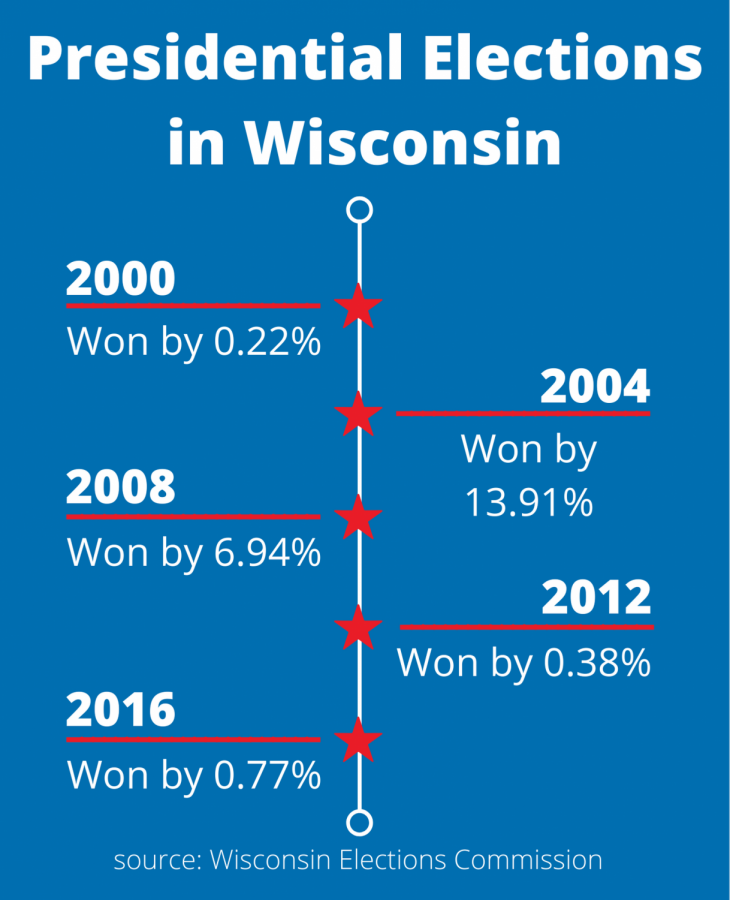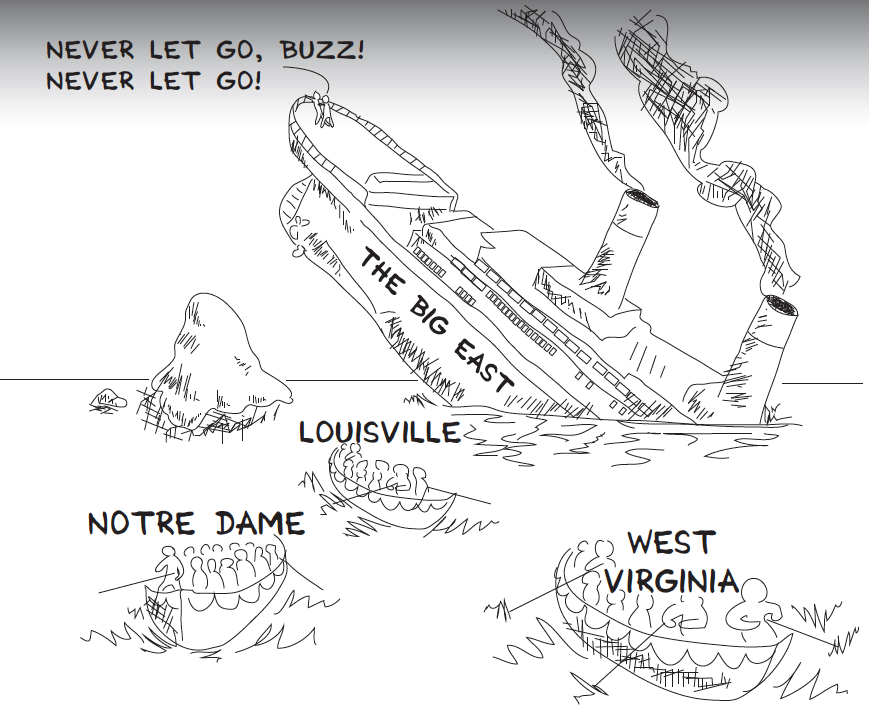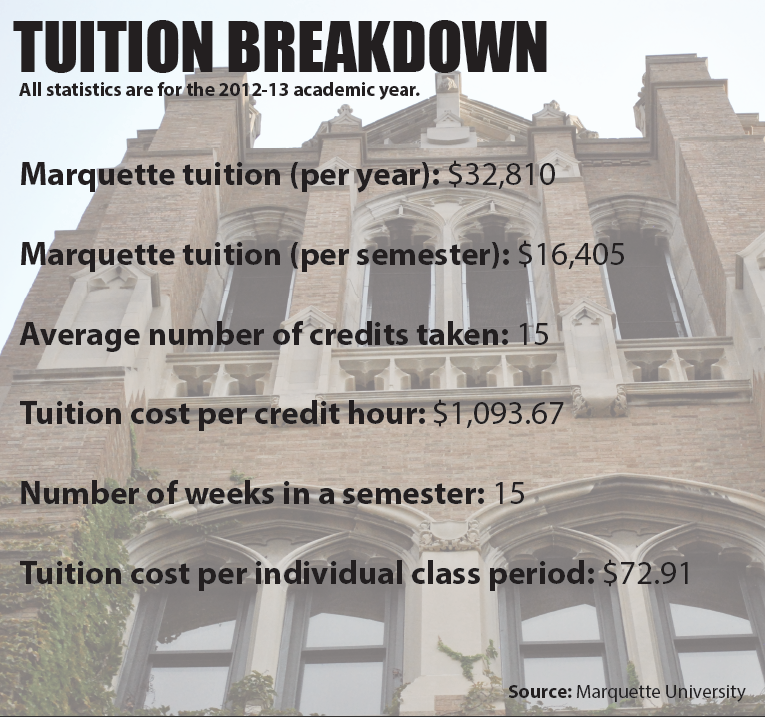
Take a look around campus, what do you see?
As an urban, Midwestern, Jesuit university, Marquette draws in students from many different backgrounds, ethnicities, socioeconomic statuses and geographic areas.
Despite this variety, Marquette’s campus is often described more as the segregated cafeteria from Mean Girls than the cosmopolitan campus of inclusion led by Cady Harris and Regina George after the Spring Fling.
The social perception of the campus population is one of non-diversity and segregation. It is assumed most students fit the stereotype of the “typical” Marquette demographic: white, Midwestern and most likely from Chicagoland or Wisconsin.
If you took the time to look around campus, you might agree with this assumption at first glance. Looking at the demographics, Marquette hosts many students from the Midwest––according to the Institute of Education Sciences, 87 percent of the class of 2017 fits this category. About 75 percent of the same class identifies as white. The two largest groups of incoming applicants are from Illinois and Wisconsin.
However, looking closer at the numbers, the diversity on campus is increasing substantially. The percentage of ethnic minorities in the incoming freshman class has increased from about 15 percent in 2008 to about 25 percent in 2013.
In terms of ethnic diversity, this substantial increase is better than many other Jesuit institutions in the Midwest. Marquette has taken initiatives, such as the Summer Leadership Institute, workshops in Milwaukee Public Schools and a partnership with the Boys and Girls Club, to encourage ethnic diversity on campus.
So why is Marquette’s campus perceived as non-diverse?
Overall diversity is difficult to measure. Even when only looking at ethnicity, the statistics are not perfect. Students are classified by a number of factors. Admissions or the Institute of Education can only track so much, and students may not identify with just one ethnographic category.
Improving diversity on campus and measuring it through numbers is important. The university has done a great job tracking diversity in ethnicity percentages, geographic locations and other measurable forms.
However, assigning a numerical value to overall diversity is essentially impossible.
True diversity is not measured in numbers. It is measured by experiences with different people. A diverse collegiate experience is marked by seeking out those with dissimilar values and opinions.
There are many types of diversity, some which are tracked by numbers (like ethnicity) and some which are not. Marquette has a diverse student population made up of different ethnicities, socioeconomic backgrounds, religions, sexual orientations, geographic locations, nationalities, languages, ages and genders.
Taking a look around campus to measure diversity is impossible, because diversity goes well beyond the “look” of people. Students should embrace the diversity they do have on campus. All of the differences on campus add up to a diverse college experience – but only if you let it do so.
Actively increasing diversity on campus can only ensure more opportunities to interact with people from different backgrounds. Yet, it’s up to students, not administrators, to step outside their comfort zone and take advantage of the growing diversity on campus.







